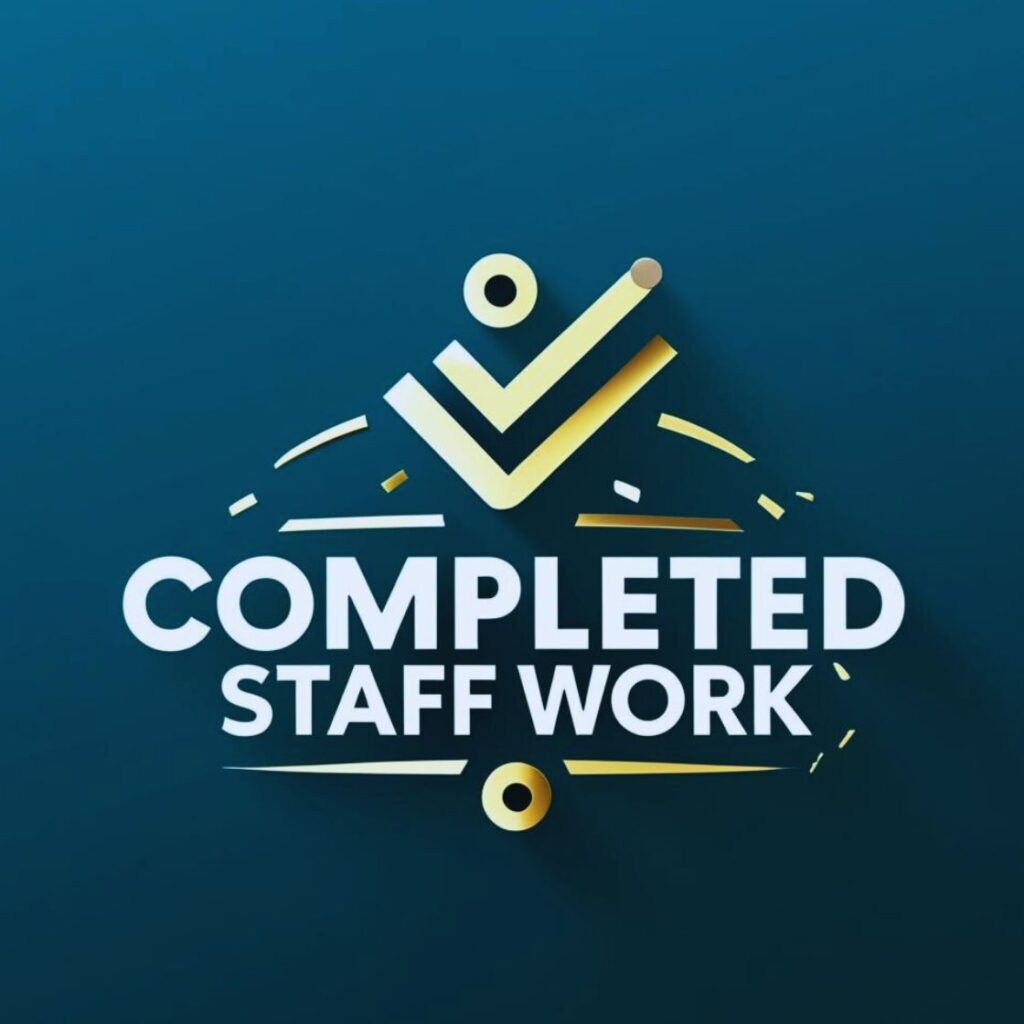There was a time when I thought the best leaders were the calmest ones—the ones who kept things peaceful, kept everyone happy, kept problems from getting too loud.
So I avoided conflict. Smoothed things over.
Let small issues slide. Let people vent, but not too much.
I told myself I was “keeping harmony.”
What I was really doing was delaying the inevitable.
And when the blow-up finally came—because it always does—I had no foundation to stand on. The trust was gone. The respect had faded. The people who needed to speak up had already checked out.
That’s when I realized: avoiding conflict isn’t kindness. It’s neglect.
Most teams don’t struggle because of conflict.
They struggle because no one knows how to handle it.
The tension builds quietly.
Feedback goes unspoken.
Decisions get made… then questioned in private.
Then suddenly, someone snaps—or walks away. And everyone’s surprised.
But the signs were there all along.
Conflict doesn’t start with arguments.
It starts with silence.
The Problem Isn’t the Fight—It’s the Avoidance
We’ve been trained to think conflict is bad.
That it means dysfunction, drama, or disrespect.
So leaders try to:
- Keep the peace
- Stay neutral
- Let things “resolve on their own”
But here’s the truth: conflict is a leadership moment.
And handled well, it’s not a problem—it’s progress waiting to happen.
Because when people care enough to disagree, there’s energy.
The question is: what are you doing with it?

The Story of Ella’s Two Meetings
Ella managed a cross-functional project. Smart team. Big initiative. But halfway through the sprint, something wasn’t working.
In meetings, everyone smiled. Updates were vague. Tension hovered in the room like fog.
Privately, she heard complaints.
Marketing said ops was slow. Ops said marketing was chaotic. Everyone blamed the deadline. No one addressed it in the room.
So Ella did something brave.
At the next meeting, she asked:
“What’s the one thing we’re pretending is fine—but clearly isn’t?”
Silence.
Then someone spoke. Then another. And then the real work started—not on the task, but on the team.
They didn’t explode. They unlocked.
And by the end of that sprint, they weren’t just delivering results.
They trusted each other more.
That’s what productive conflict creates: clarity, courage, and cohesion.
Why Healthy Conflict Is a Sign of a Healthy Team
According to Patrick Lencioni’s Five Dysfunctions of a Team, the absence of conflict is one of the first signs that a team lacks trust.
“When there is trust, conflict becomes nothing but the pursuit of truth—an attempt to find the best possible answer.”
Research published in the Harvard Business Review also supports this: teams that engage in open, constructive conflict are more innovative, faster at solving problems, and more resilient under pressure.
But this only works when psychological safety exists—when people know they won’t be punished for speaking up.
So as a leader, your job isn’t to shut down disagreement.
It’s to build the safety where disagreement becomes dialogue.
How to Turn Conflict Into Progress
You don’t need a script.
You need structure, curiosity, and courage.
Here’s how to start:
- Normalize tension. Let your team know conflict is part of growth—not a sign something’s broken.
- Get specific. Vague frustration spreads. Specific feedback clarifies.
- Slow the pace. When emotions spike, slow the conversation. Pause before problem-solving.
- Coach the conversation. Don’t just resolve the issue—teach them how to do it better next time.
- Stay in the room. Don’t mediate from a distance. Be present. Model calm inquiry.
And always ask:
“What’s underneath this disagreement that we need to understand better?”
Because the real issue is rarely the loudest one.
Don’t Fear Conflict. Learn to Lead Through It.
You don’t need to protect your team from conflict.
You need to help them practice it well.
Handled right, conflict builds muscle.
It sharpens communication.
It creates buy-in.
It shows people they’re safe to be real—and responsible for being respectful.
So next time it gets uncomfortable, don’t change the subject.
Step in.
Because the leader who can hold the hard space?
That’s the leader people trust the most.
What’s Your Take?
Where are the silent tensions in your team?
What conversations have you been postponing because they feel too messy?
If your team needs help navigating conflict—or turning it into something constructive—we can work on it together.
Workshops, facilitation, even short team labs can turn conflict from a blocker into a breakthrough.
Let’s stop fearing conflict—and start using it.



